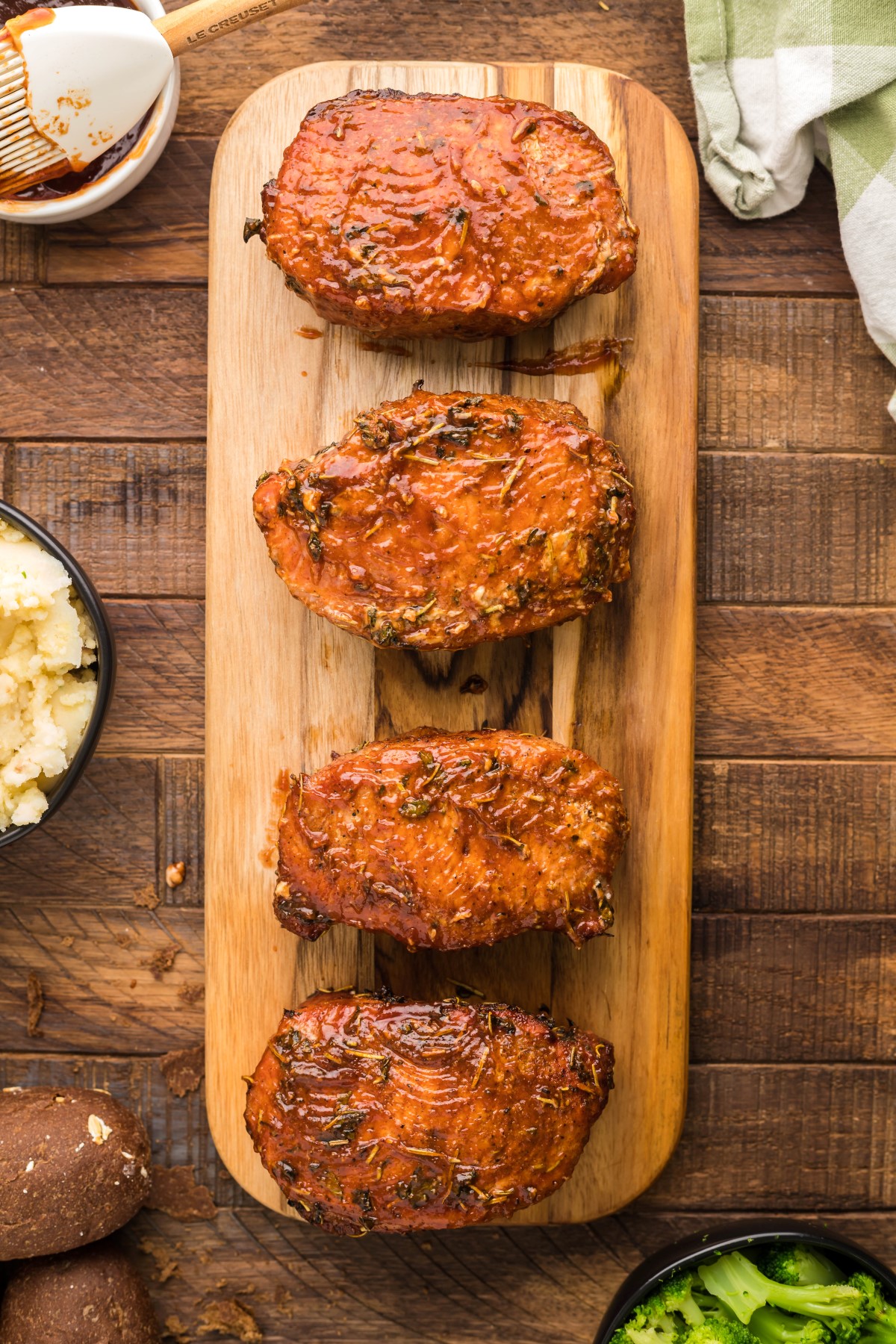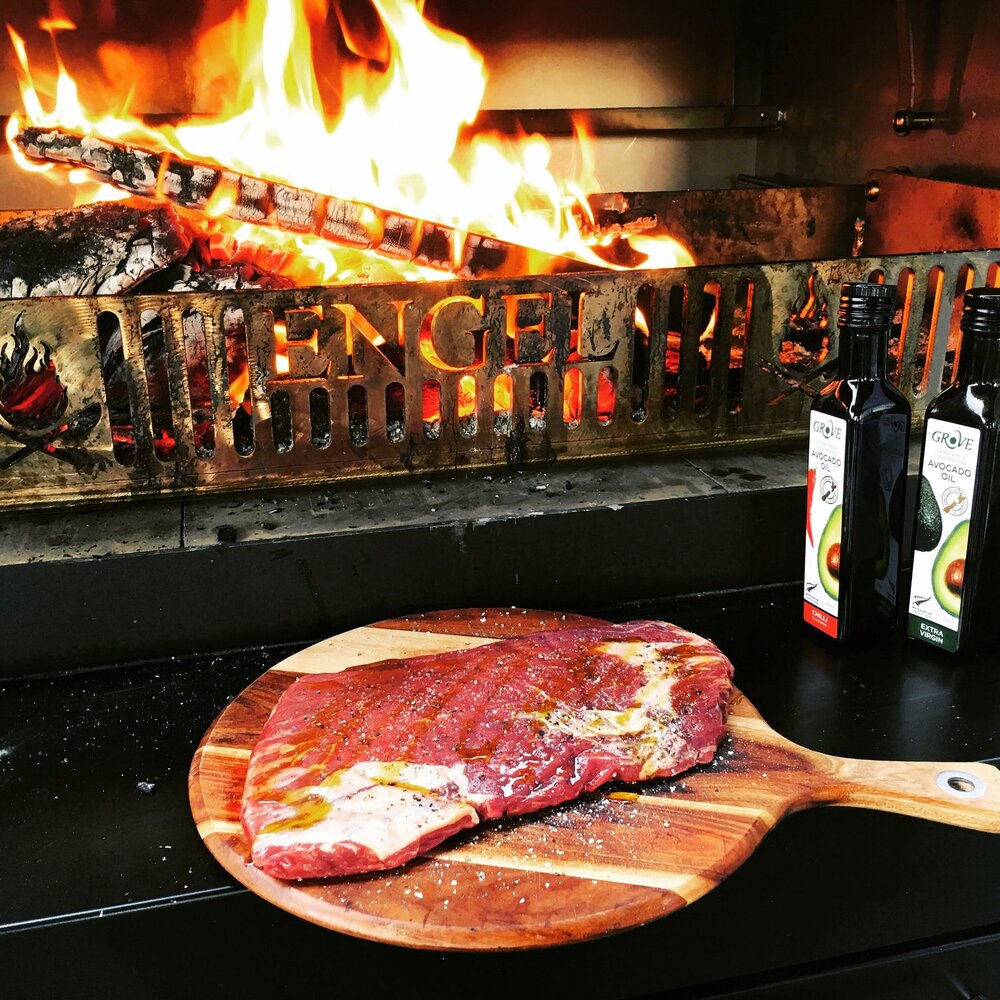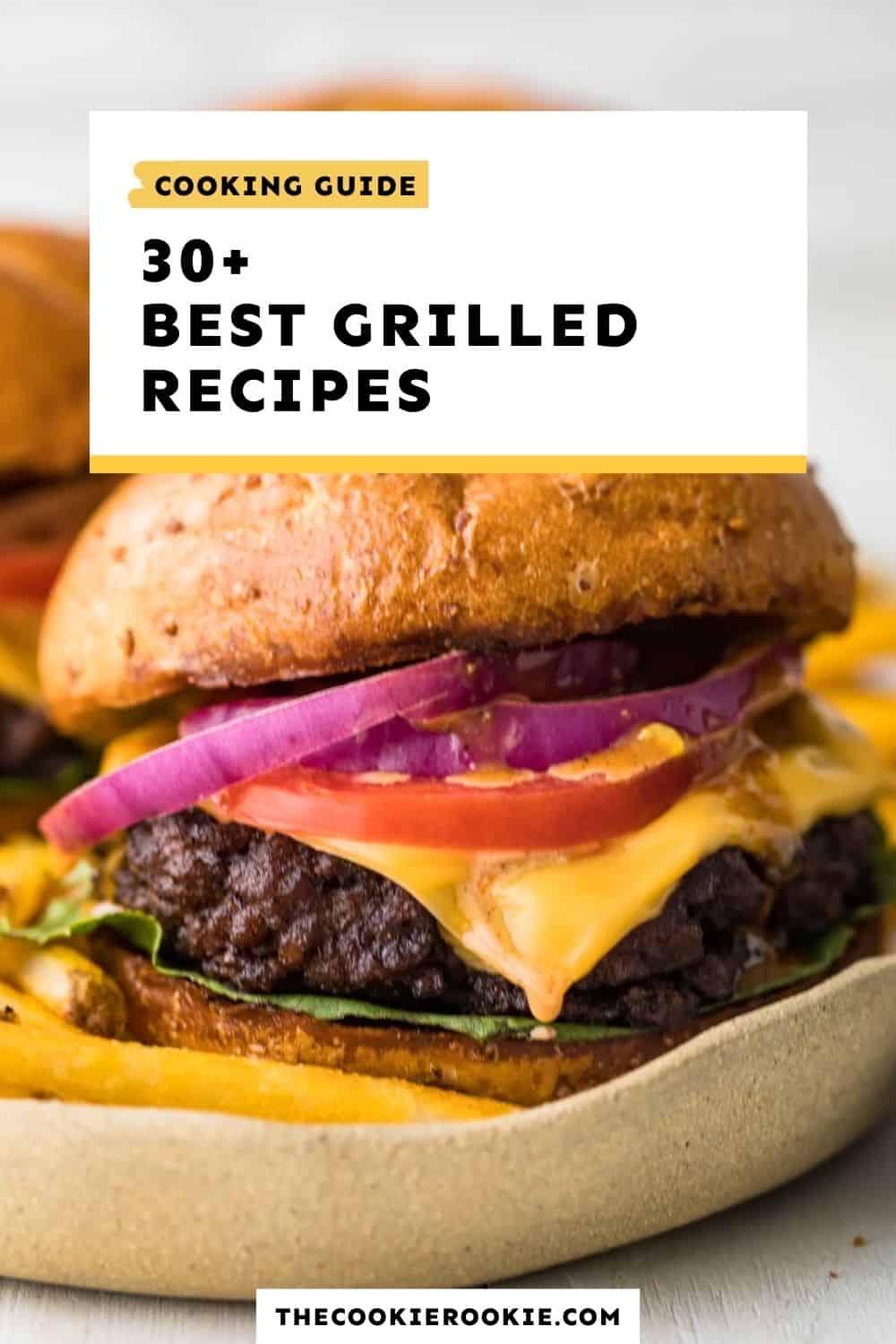
When it comes to steak, the proper temperature varies from cut to cut. Before you serve your steak, ensure that it is cooked to the right internal temperature. A medium-rare steak should have a temperature of at least 150 degrees. One-inch thick steaks should be cooked for 12 to 15 minutes on each side. Allow it to rest for ten minutes before you serve. For well-done grilling, the fattiest steaks will be your best option.
To maximize the flavor and texture of your steak, it is crucial to allow the meat to reach room temperature before cooking. This will ensure that the meat remains evenly cooked and not dry. After leaving the steak to rest for at least 20 to 30 minutes, turn it upside down and cover it in foil or aluminum foil. After the steak has been left out for 20-30 minutes, flip it over and cover with foil or aluminum foil. Grill it until you reach your desired internal temperature. Keep in mind, the cook time does not necessarily affect the temperature of the steak.

If you'd like to have a perfectly cooked steak, it is vital to use a meat thermometer to determine its internal temperature. The instant-read thermometer will give you the most accurate reading. Place the thermometer in the thickest area of the meat. This is because after the meat is removed from the grill, the residual heat will continue cooking it for five more degrees. A thermometer that can read instantaneously will help you ensure the steak cooks to your desired internal temperature.
A medium-rare steak will have a red core and is still slightly pink in the middle. Medium-well steaks on the other side are cooked to a well-done level. A well-done steak should be pink-red throughout and be at least 160 degrees Fahrenheit. This is the ideal temperature to cook steak on the barbecue. These guidelines will ensure that you get a great steak every time.
To cook a perfect steak, remove it from the fridge at least 30 minutes prior to cooking. Season both sides of the steak with salt. After seasoning the steak, heat the skillet in the oven until it reaches 400 degrees Fahrenheit. The skillet should heat up enough to accommodate the steaks. Before placing the steaks in the skillet, you can add a tablespoon or two of olive oil. This step is crucial in ensuring the steak stays juicy and tender.

Another tip is to use a meat tester. You can check the internal temperature by placing the meat tester at the wrist. The meat should remain warm but not frozen. A temperature below 140 degrees may be raw. Overcooked steaks can cause toxoplasmosis and other food-borne diseases. It can also cause harm to a woman's unborn child. You can avoid this by using a meat thermometer. This will ensure that your steak has the correct internal temperature and resting times.
FAQ
Where can I buy good quality kitchen equipment?
You can purchase high-quality kitchen equipment online. Many websites offer all types of kitchen equipment for purchase. Before purchasing any kitchen equipment, however, make sure that you read reviews and ratings before buying anything. You can also ask other people who own similar items if they would recommend them.
How long does it take to learn to cook? What time do you need to learn how to cook?
It all depends on what level of skill you have. Some people can learn basic cooking techniques in as little as a week. Some people take months to learn how to cook. Others may need to wait for years.
The time taken to learn to cook will depend on who you ask. An example: Someone who has never cooked before may need more time than someone who makes regular meals. Certain types of cooking require more skill than others. Baking, for instance, requires more skill than frying.
Focusing on a particular technique is the best way to speed up your cooking skills. You can then move on to the next technique once you have mastered it. Do not worry about how long it takes you to learn how to cook. Just keep practicing and enjoy the process.
How can leftovers be stored in the most efficient way?
Leftovers are usually stored in Tupperware containers. These containers keep foods fresh and prevent odors from forming. They can also keep food warm longer. Frozen leftovers can be kept in freezer bags. For food that you are freezing, make sure to place it inside another freezer bag. Once the food has frozen, you can transfer it to an airtight container like a zipper lock bag.
How much does it cost to go to culinary school?
Prices for Culinary School vary depending upon where you go, what program you select, and how long you stay there. Average tuition costs between $10,000 and $30,000. The majority of students graduate with around $20,000 in student debt. There are some programs that offer grants and scholarships as well as work-study options.
How Much Does it Cost to Learn Culinary Arts Skills?
You will find that the price to study culinary arts is variable. A four-year degree usually costs around $40,000. A two year associate's degree might cost less than $5,000. The type of program you choose will determine the tuition rates. The prices charged by private institutions are generally higher than the public.
What is the best way to learn to cook?
Cooking is a skill that every person should learn. You'll miss out on delicious meals if your skills are not up to par. The first thing you need to do when learning to cook is to find a recipe that you like and follow it closely. Next, practice making small changes until you are comfortable cooking the dish. Next, you can cook for others. This will improve your cooking skills as well as test your culinary abilities.
Statistics
- You'll be amazed that over 90% of CIA students receive scholarships and grants to finish their culinary studies. (ischoolconnect.com)
- According to the BLS, chefs earn $58,740 a year. (learnhowtobecome.org)
- under 10 Kids have been taught that there is special food just for them, and Fiese says that 10 percent of kids will throw a tantrum if they don't get the food they want. (washingtonpost.com)
External Links
How To
How to make a perfect omelet
Omelets is one of my favourite breakfast foods. How do you make them perfect? I've tried many recipes and different methods but none have worked. So today, I want to share some tips and tricks with you so you can make your own delicious and fluffy omelets every morning.
First, eggs can be very temperamental ingredients for making omelets. It is important that eggs are fresh from an organic market and kept cool until used. You must keep them cool enough to allow the whites to form properly and the yolks to become too runny if they're not kept at the right temperature. Your omelets will look strangely colored if this happens. If you want to make omelets right away, it's best not to use eggs that are too cold.
Another tip is to separate the egg before adding it to the pan. The yolk and white should not be mixed together as this can cause the omelet's curdle.
You might burn the bottom of the egg if you place the egg directly on the stovetop. This could ruin the texture of your omelet. Instead, heat the egg in a microwave for 10 seconds and then place it in a pan. The heat from the microwave cooks the egg just enough without overcooking it.
Let's now talk about mixing eggs. Mix eggs well together. Turn the bowl upside down and grab the whisk to do this. Then shake the bowl vigorously. This will whip the air around the bowl and mix the egg well.
Now comes the fun part: adding the milk to your mixture. Mix half of the milk with the eggs. Then fold the eggs in half into the remaining milk. Do not worry if you see streaks of egg; they will disappear when the omelet is flipped.
After folding the eggs fold the pan onto medium heat. When the oil starts to hot, wait for the pan to cook. When the oil is hot enough, add 1/4 cup butter to the pan. Stir it around until the butter covers the entire pan. Next, carefully open the lid and sprinkle salt into your pan. The salt will help to prevent the omelet's sticking to the pan.
Once the omelet has formed completely, cover the pan and let it set for a few minutes. Flip the omelet over using a spatula or flip the pan upside down. Cook the other half for another minute. Take out the omelet and place it in a bowl.
This recipe works best when you use whole milk.